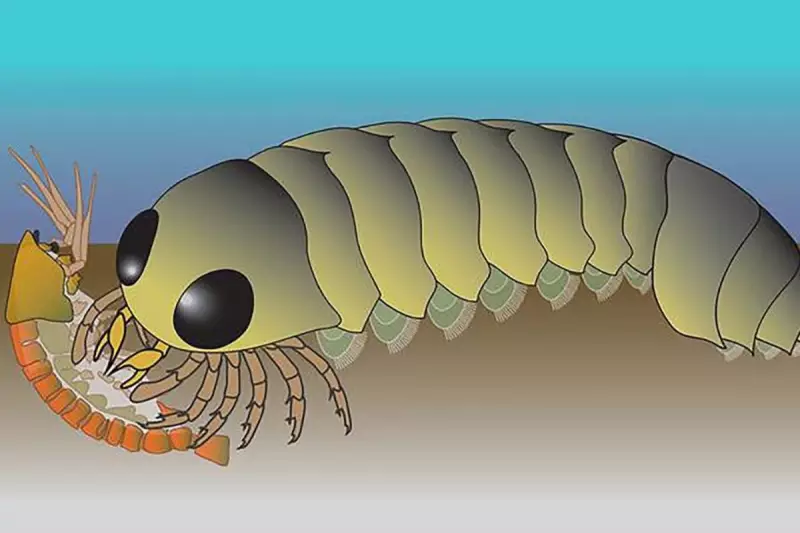
Groundbreaking research has uncovered fascinating insights into the evolutionary journey of spiders, tracing their origins from ocean-dwelling ancestors to the land-based predators we know today. The discovery of ancient spider fossils provides compelling evidence of this dramatic transition.
The Fossil Evidence
Paleontologists have identified remarkably preserved spider fossils that date back hundreds of millions of years. These specimens showcase critical anatomical features that bridge the gap between marine arthropods and modern arachnids.
Key Evolutionary Adaptations
- Modified respiratory systems for breathing air
- Development of specialized limbs for terrestrial locomotion
- Evolution of silk-producing organs for web construction
- Changes in eye structure for improved land-based vision
Scientific Significance
This discovery revolutionizes our understanding of arthropod evolution. 'These fossils represent a missing link in spider evolution,' explains Dr. Sarah Chen, lead researcher on the project. 'They show us how life transitioned from marine to terrestrial environments during the Paleozoic era.'
Implications for Evolutionary Biology
The findings challenge previous theories about the timeline of arachnid evolution and provide new context for understanding how other species made similar transitions from water to land.





